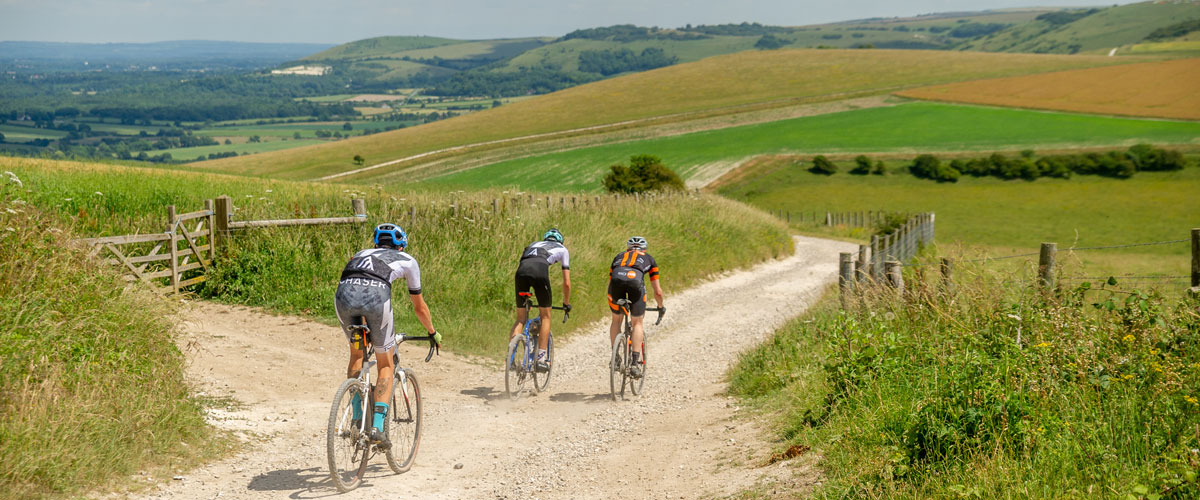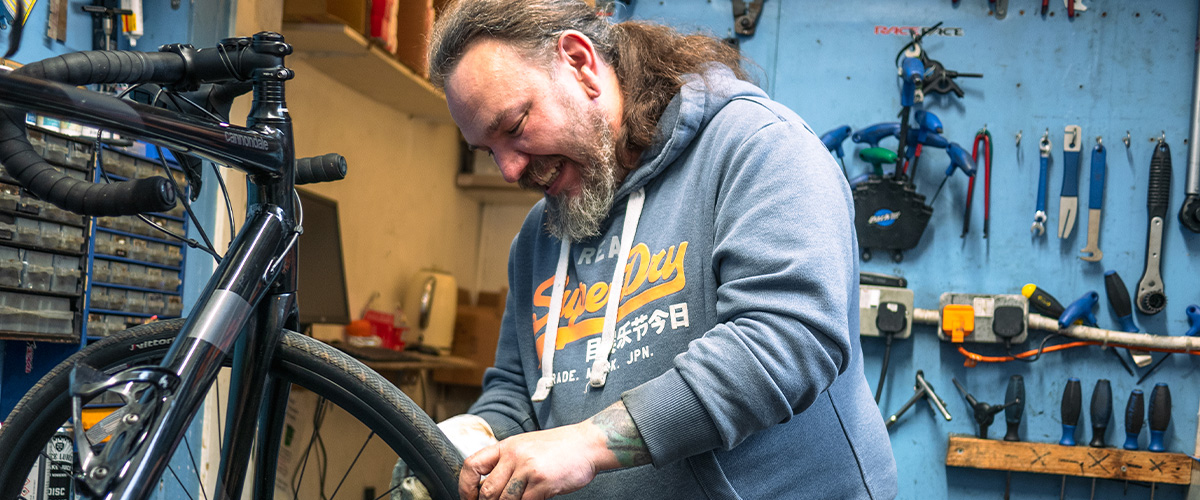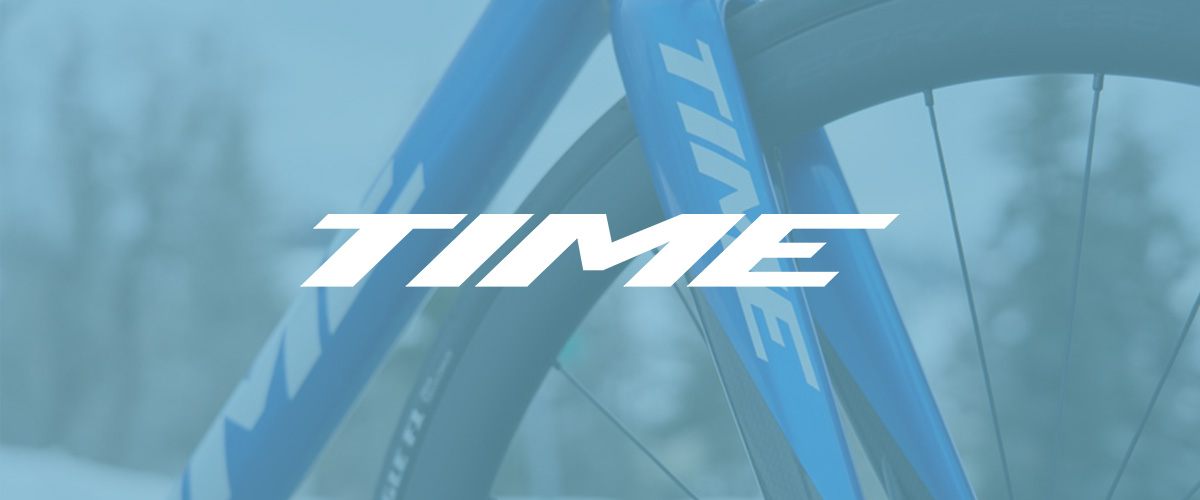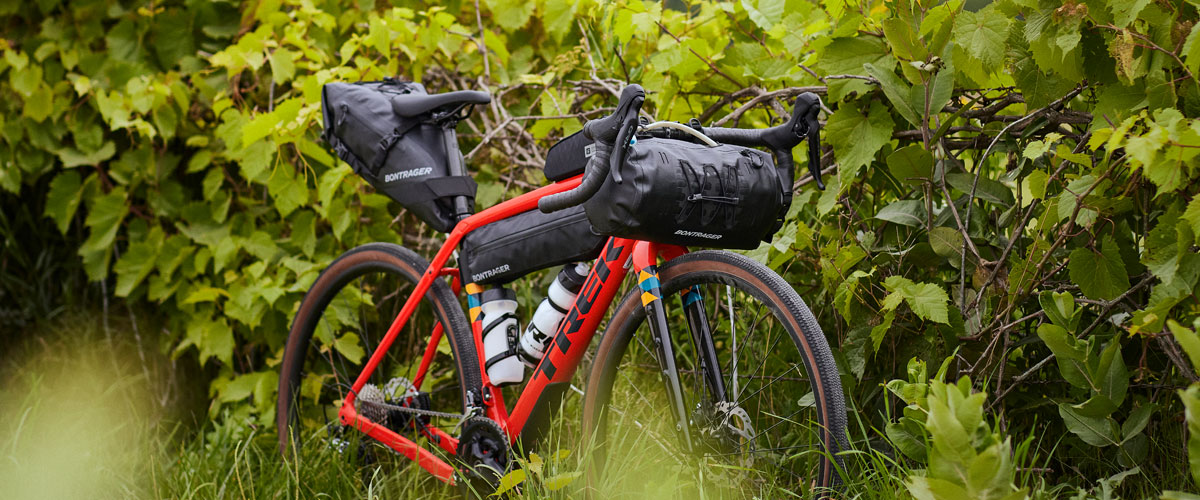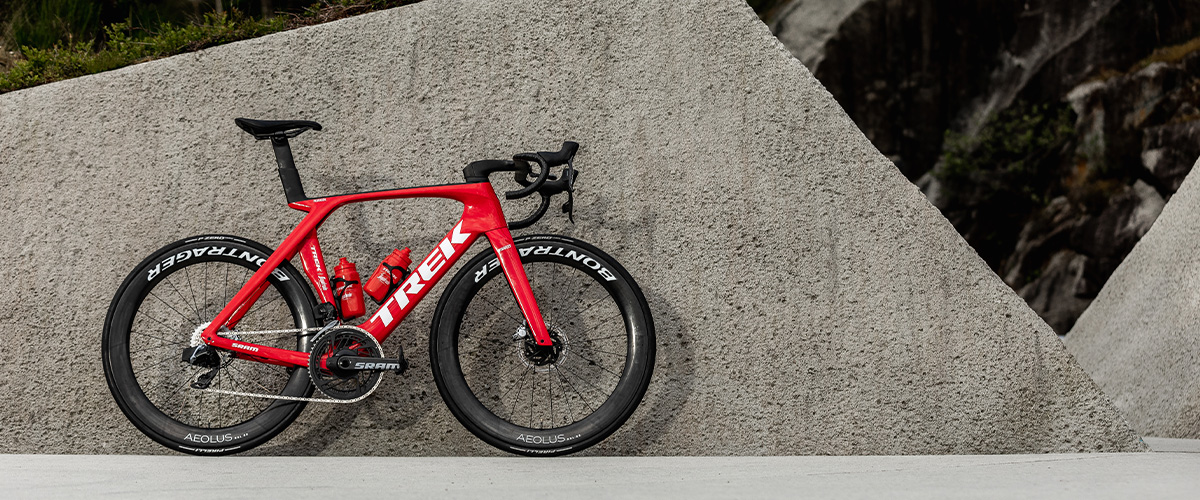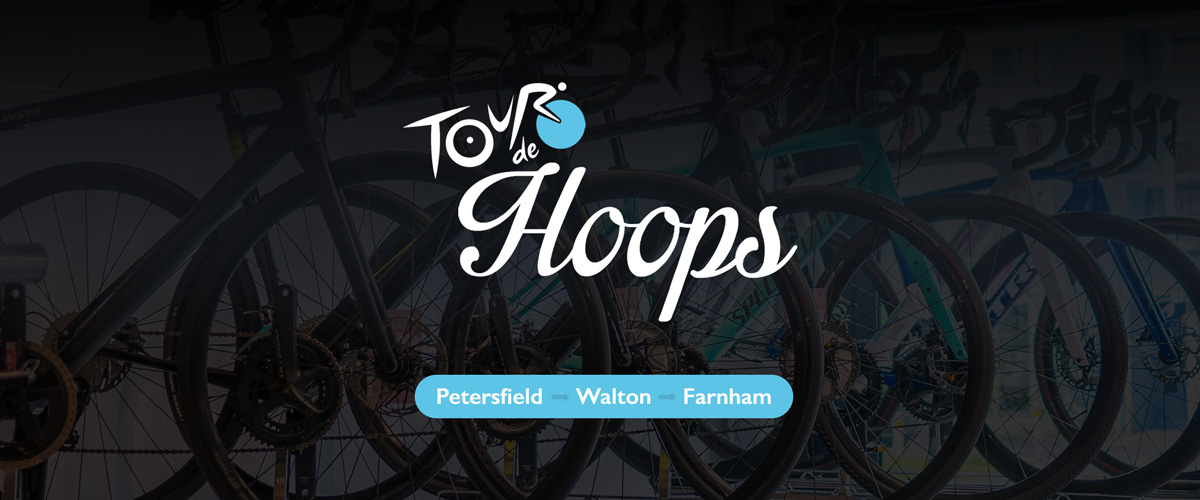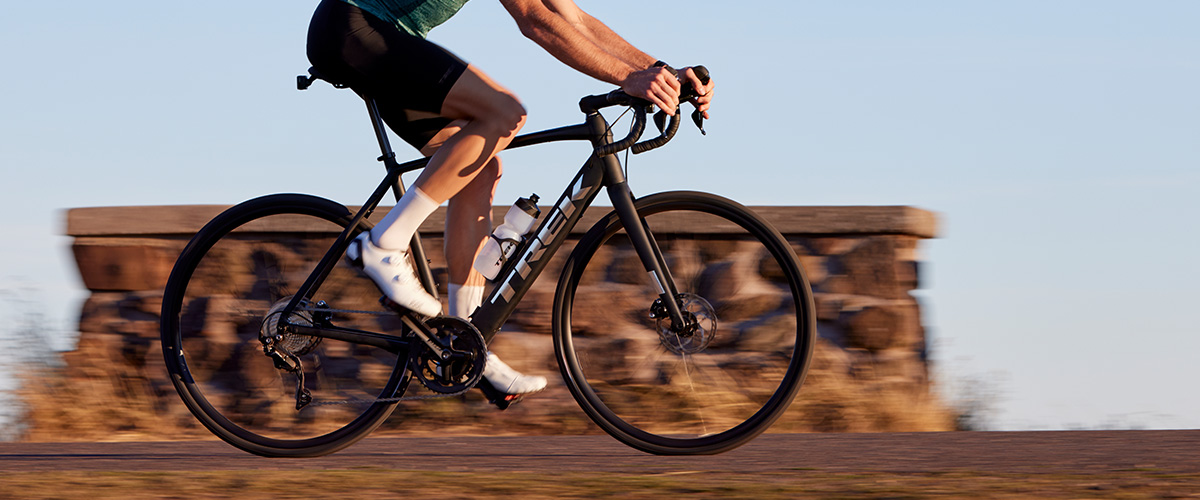Adventure Bikes: An Explorer's Guide
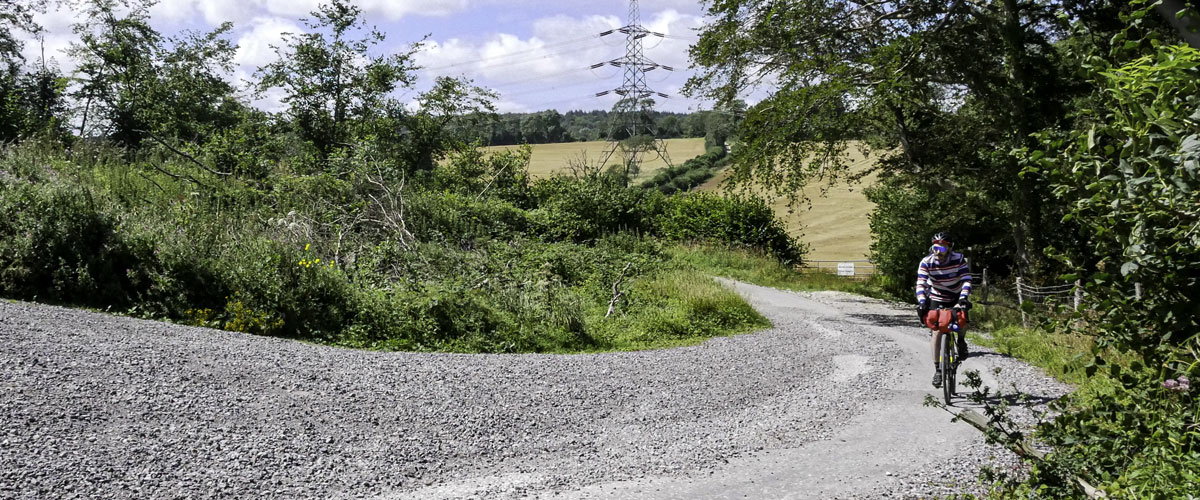
Adventure Bikes: An Explorer's Guide
Bored of life at a desk? Is the monotony of online video conferences driving you crazy? If you’re craving some variety in your life, adventure cycling could well be your key to liberation. Adventure bikes are versatile – capable of tackling rough terrain but fast enough to munch the miles in a reasonable time frame, tearing down the limits of route planning. Sounds amazing, right? It absolutely is – there’s a reason everyone and their mother is talking about it. The array of bikes aimed at this style of riding can be mindboggling though, but that’s where we come in. Here’s our best advice on what you need to consider when choosing an adventure bike.
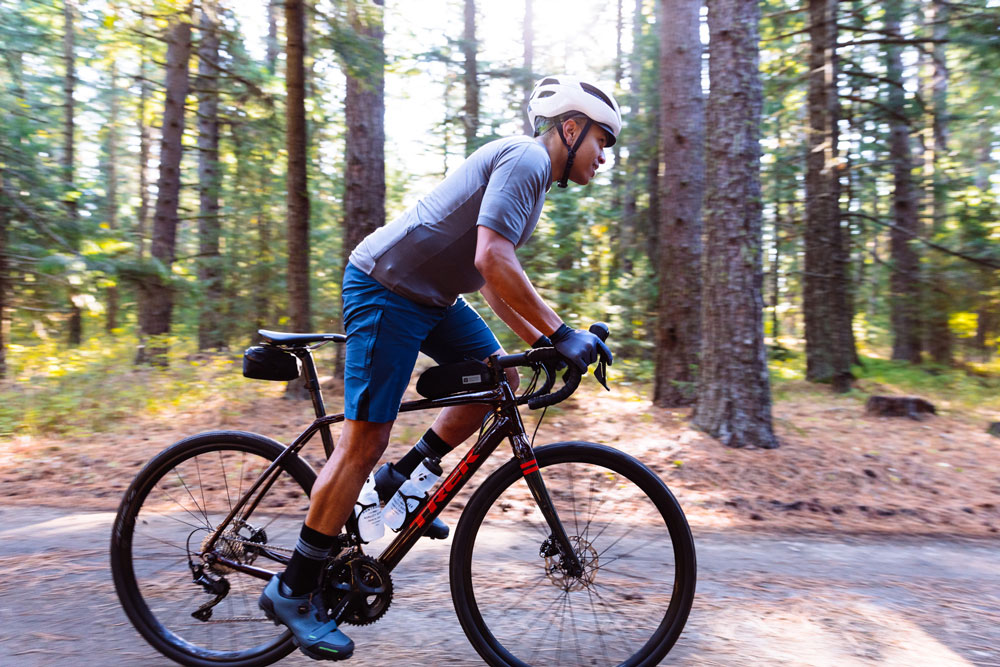
Frame material:
There are three main perpetrators: steel, aluminium and carbon – each with their benefits and drawbacks.
- Steel
You've heard the phrase: “steel is ____” (no prizes for guessing correctly). It’s a mantra that’s been pushed by ferrous fanatics for years. Old-fashioned steel tubing can truly last you a lifetime, with a high fatigue life compared to other alloy options. The famous springy ride quality comes from the material’s strength, allowing for thinner tube walls to enhance compliance. Road buzz is absorbed and rider fatigue is reduced. Steel frames can often be more affordable, and let’s not forget that those narrow-gauge tubes look damn good. However, it often presents a weight penalty over aluminium or carbon and whilst comfortable, the compliant nature of steel may also hinder power transfer and result in slightly less snappy handling.
- Aluminium
The most widespread option, aluminium alloys have come a long way since their first introduction to bike manufacturing. Improved technology and manufacturing processes have given aluminium frames a real boost when it comes to cost vs performance. Aluminium framesets are generally lighter than steel, certainly at equivalent price points, and recent hydroforming processes can create complex tube shapes to accentuate specific ride qualities or enhance aerodynamics.
All the big brands feature aluminium options, so there are plenty of options out there for value-for-money complete bikes. However, aluminium frames do tend to be harsher than steel or carbon counterparts, largely down to the thicker walls and larger diameter tubes creating a more rigid structure. New designs are consistently improving this, and whilst aluminium may never match the comfort of steel or carbon, this can be offset with tyre, seat post and saddle selection.
- Carbon
The black stuff is the trick option, with the ability to be stiff, comfortable, and lightweight all at once – albeit at a price. Frame designs aren’t held back by the limitations of tubing, as the carbon layup can be altered to provide different properties throughout. As you might expect though, this is a time-intensive process, hence the steeper price tags. Durability can be a concern when considering carbon as a material for an adventure bike. Large impacts could crack the frame and end your trip if you have a tumble, whereas steel or aluminium may just dent or bend – not to mention that many high-end carbon frames will have weight limits that could hinder your ability to carry luggage on your trips.
Geometry:
An often overlooked aspect of the bike is the geometry – this can be the defining factor of the choice you make depending on the riding you are likely to do.
Some people are quite happy to call their ‘cross bike into gravel service, but CX bikes are made for racing – borrowing largely from road geometry with a shorter top tube and chainstays to increase the snappiness of handling and acceleration. These attributes aren’t overly useful when it comes to multi-day endurance events, where comfort and efficiency are a priority. Borrowing more from the world of MTB, gravel bikes often feature a fairly long wheelbase and slack head tube angle. Long top tubes push the front wheel further out to improve stability on rough surfaces, and the usual fit is maintained by using a shorter stem per size.
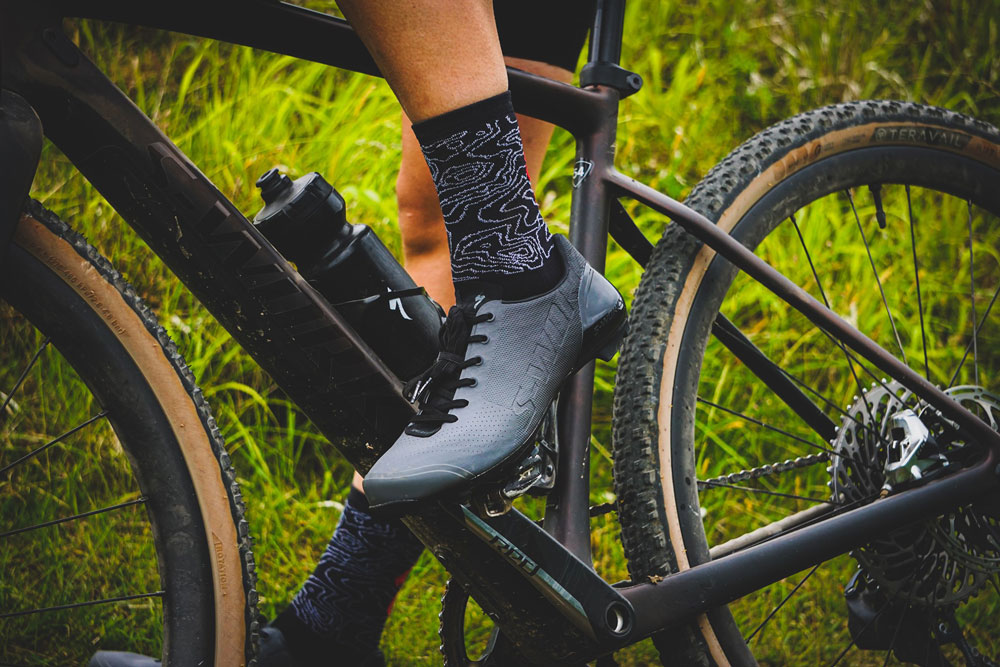
Wheel sizes:
700c, or 650b, that is the question. Whilst it’s not the be all and end all, wheel size can make a huge difference to your riding experience.
The primary benefits of 700c wheels are their lack of rolling resistance with a comparable tyre, and the ability to traverse obstacles due to the larger wheel diameter. Cornering and accelerating will be smooth, feeling more nimble and manoeuvrable on gravel and paved roads. Ultimately 700c will be faster if you’re going to be riding mixed terrain with large amounts of road riding, so if speed is key, bigger is the way to go.
What’s the point of 650b then? Tyre pressure. This smaller diameter wheel size allows for a larger tyre in a broadly similar frame design. Larger tyres can be run at lower pressures without risking a pinch flat, giving you a larger contact patch and better grip over a variable surface. This is ideal off-road, but the comfort benefits are significant on asphalt too.
Some adventure/gravel bikes will advertise their frames as capable of running both 700c and 650b tyres, however, switching between the two can have a tangible impact on the geometry and handling characteristics. Many frames are made with an ideal wheel size in mind, so it is important to check this before making your decision.
Drivetrain:
Without these vital components you won’t be going anywhere, so it’s important you make the right choice for your needs.
2x drivetrains have been the go-to choice for a do-it-all set-up, popular amongst touring cyclists and ideal for the adventure cyclist looking to tackle undulating terrain with varied road surfaces. Being under- or over-geared is a mistake that can be easily made – the versatility of a 2x system combats this by offering enough range to get you up to speed on faster roads but also let you spin up unforgiving dirt-laden inclines.
The surge in popularity of 1x drivetrains for mountain biking over the last few years has made the choice slightly more difficult than before. The idea of this system is to offer a wide range of gears without the complication of a front derailleur, reducing the chance of a dropped chain when attempting to shift into an easier gear in harsh conditions. While some 1x systems now offer a range comparable to a 2x setup, these can be a little more costly, and the huge cassettes add a fair bit of weight to the back wheel, which may already be taking the strain of your loaded seatpack.
Braking:
At some point along your journeys you’ll need to come to a stop, so making the right choice of brakes isn’t a decision you should overlook. In this case, your two main choices are hydraulic and mechanical disc brakes (rim brakes do still exist in this sector, but it’s a pretty small minority).
Purely in terms of stopping power, hydraulic disc brakes are undoubtedly the best. They deliver consistent stopping power with very little input from the rider – ideal for long consecutive days of riding, reducing strain and fatigue of your hands. On the flip side, should you encounter an issue with your hydraulic system on your multi-day trip across *insert remote country here*, your chances of servicing them is pretty low due to part and tool availability. It’s not the cheapest option either, as good quality hydraulic systems will be significantly more expensive compared to mechanical equivalents.
Mechanical disc brakes use standard brake levers and cables, the same found on traditional rim brake setups. Although not as powerful or as smooth, replacement parts and servicing tools are widely available even when you’re out in the sticks, making this an attractive option should you be running the risk of performing repairs out in the wilderness.
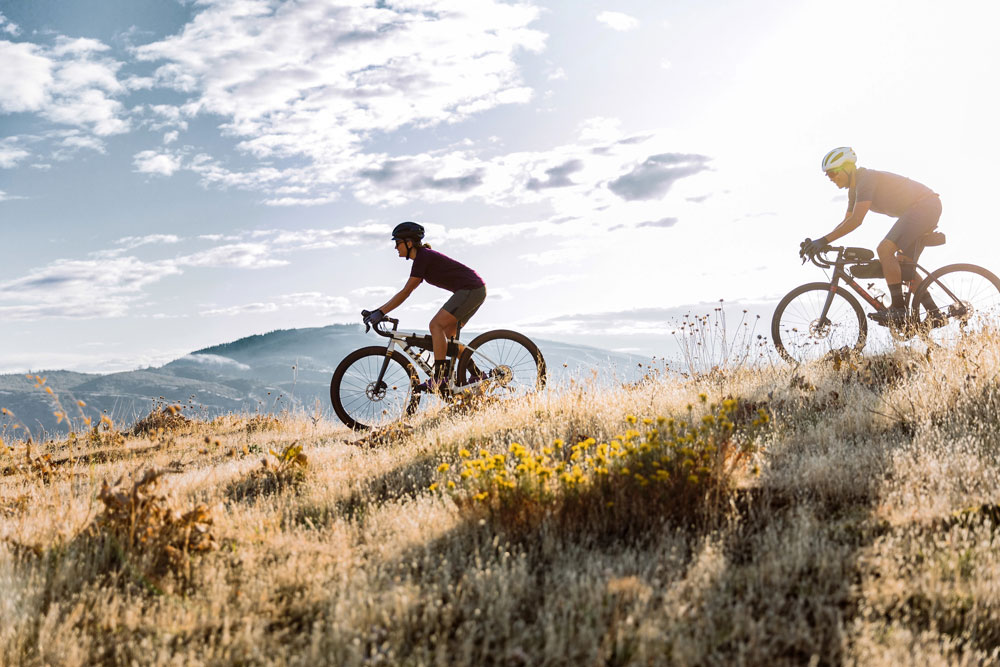
In reality, all you need for adventure cycling is a bike that works but one that is designed for the task will certainly make the whole thing more enjoyable. With so many choices out there it isn’t always easy to come to a decision, so if you want input from an expert face-to-face, then give us a call or head down to visit us in-store. With a selection of bikes available from Trek, Specialized, Orbea, Cannondale and more, you are sure to find the one in no time.
